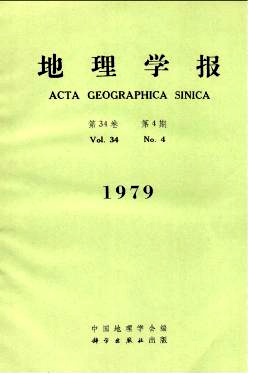Gong Gaofa, Chen Enjiu, Wen Huanran
Based on the historical documents, the tree rings, the fluctuating water levels of lakes as well as modern instrumental data, the climatic fluctuations in the Heilongjiang province during recent 400 years are analyzed. The climate since 1909 (the first year with modern instrumental observations) has been warmer than that of 17th-19th centuries. During recent 400 years, the 17th century was the coldest, while the temperature of the 18th century was quite similar with that of the 20th century, although a little bit lower. The 50's-60's of the 17th century was the "climax" of the so-called "Little Ice Age", with the growing season more than one month shorter than today, and the ice-thickness of the Heilongjiang (Amur River) more than one metre thicker.In the present century, there has been two cycles of thermal changes. Before 1945, the annual temperature has been increasing, while after that year, decreasing. Comparing the 1960-1975 period with that of 1945-1959, the cumulative tempera-tures ^ 10℃was 100℃ lesser, and the growing season 5 days shorter.If we take the ratio of the total times of flood to the total times of both flood and drought in the historical documents as the moisture index, it is 0.74 before 1880, and 0.55 after that year, it shows that the latter period has been drier.According to the fluctuating water levels of lakes and modern precipitation data, western part of the Heilongjiang province, has undergone three cycles of wet-and-dry alternation since the 19th century. After 1960, the climate has tended to be drier.
